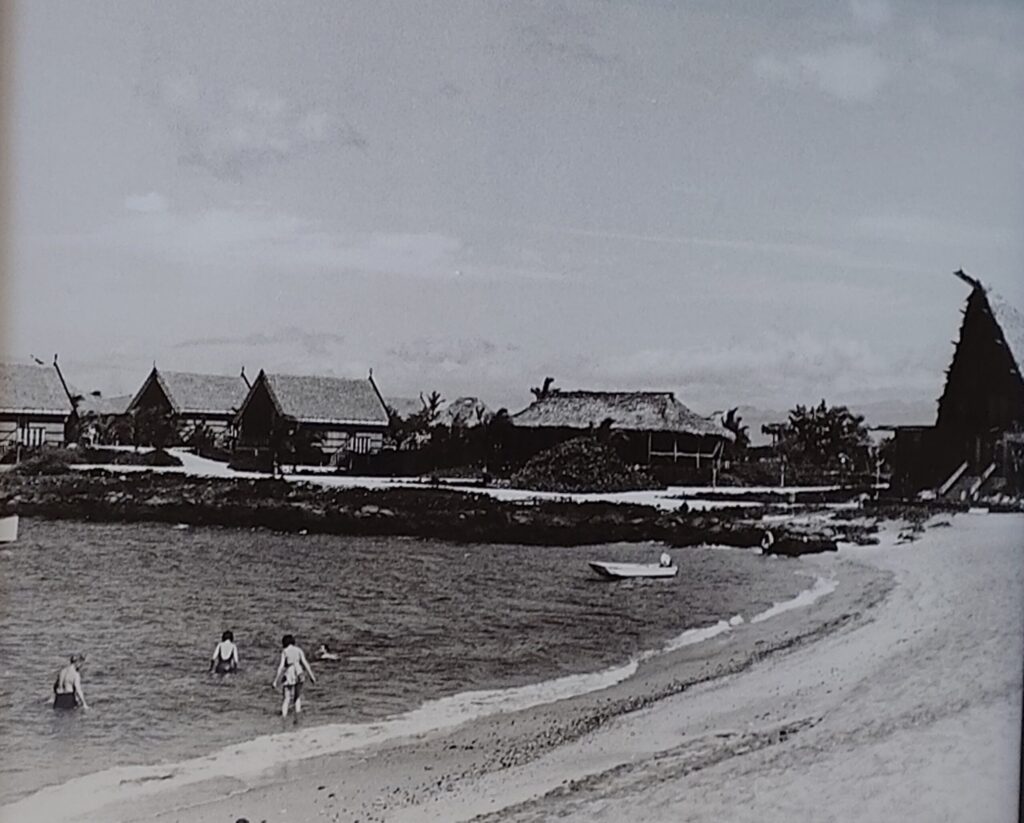Visionary Beginnings of Kona Village
The enchanting tale of Kona Village Resort is not just a story of a place, but of the people who shaped its destiny. In the late 1930s, Johnno Jackson’s passion for sailing the South Pacific led him to the tranquil bay of Kahuwai, a hidden gem on the Kohala Coast of Hawaii’s Big Island. His adventures through the vibrant cultures of the Pacific inspired a dream to create a resort reflective of these islands’ spirit. He and his wife Helen initiated this dream in 1965, striking a lease with the estate that owned the land and began building Kona Village, crafting the resort 50 traditional hales at a time, each a testament to indigenous architecture and harmony with nature.
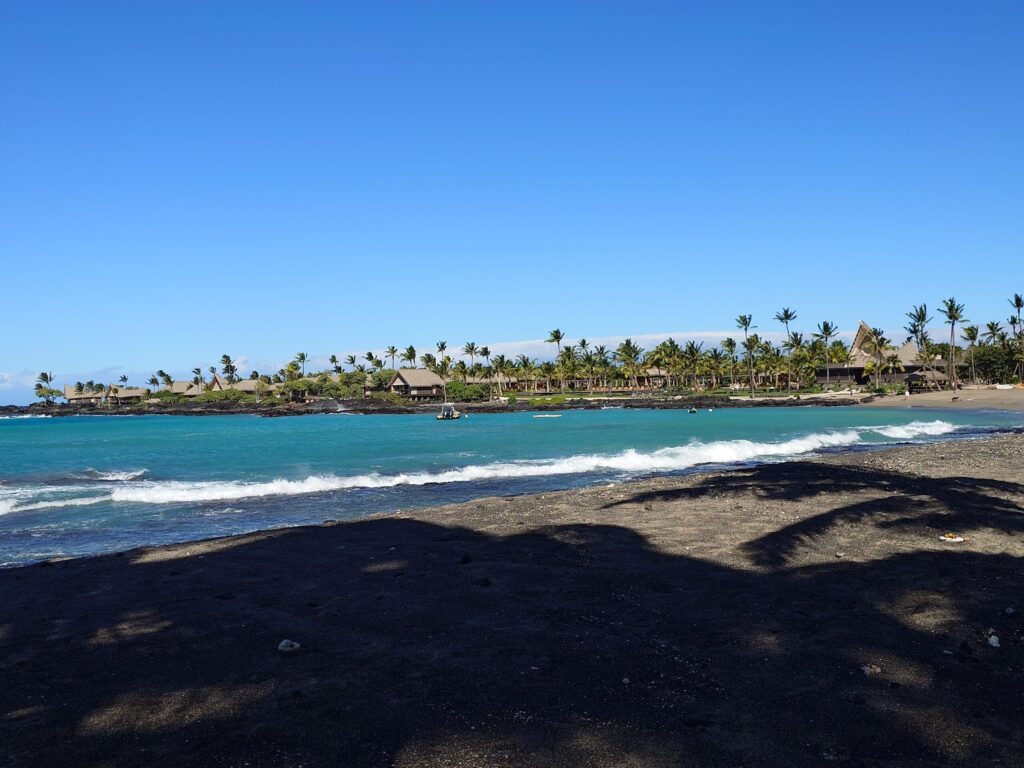
Education and Legacy
The land on which Kona Village stands has a regal lineage, passed down through generations of Hawaiian royalty. The great King Kamehameha’s legacy was carried forward by his granddaughter, Bernice Pauahi Bishop, who inherited not only land from her grandfather but also from her cousin, Princess Ruth Keelikolani. Ruth was the wealthiest woman in Hawaii, in turn Bernice Pauahi Bishop’s inheritance was significant, and it was notable that such wealth and responsibility were held by women in a matrilineal tradition, a stark contrast to the patriarchal norms elsewhere.
Bernice Pauahi Bishop was predestined to marry a prince, but the winds of change brought by Western influence inspired her to choose a path of love. She found her partner in Charles Reed Bishop, a visionary man from Connecticut who became Hawaii’s first banker and financier. Their union was one of love and shared passions, despite them not having children of their own. Bernice’s deep commitment to literacy and education found resonance with Charles, and together they contemplated the future of their considerable estate.
In their discussions, they formed a philanthropic vision, resolving to use their material wealth to foster a legacy of learning. This led to the creation of the King Kamehameha School (Bishop Estate), with the stipulation that revenue from the leased lands would be channeled into funding education for Hawaiian children. This noble purpose has been realized through the establishment of Kamehameha Schools, a network providing education from kindergarten to 12th grade, along with scholarships and preschool programs across the Hawaiian Islands. The prosperity of Waikiki land under the Bishop Estate is testament to this enduring educational mission.
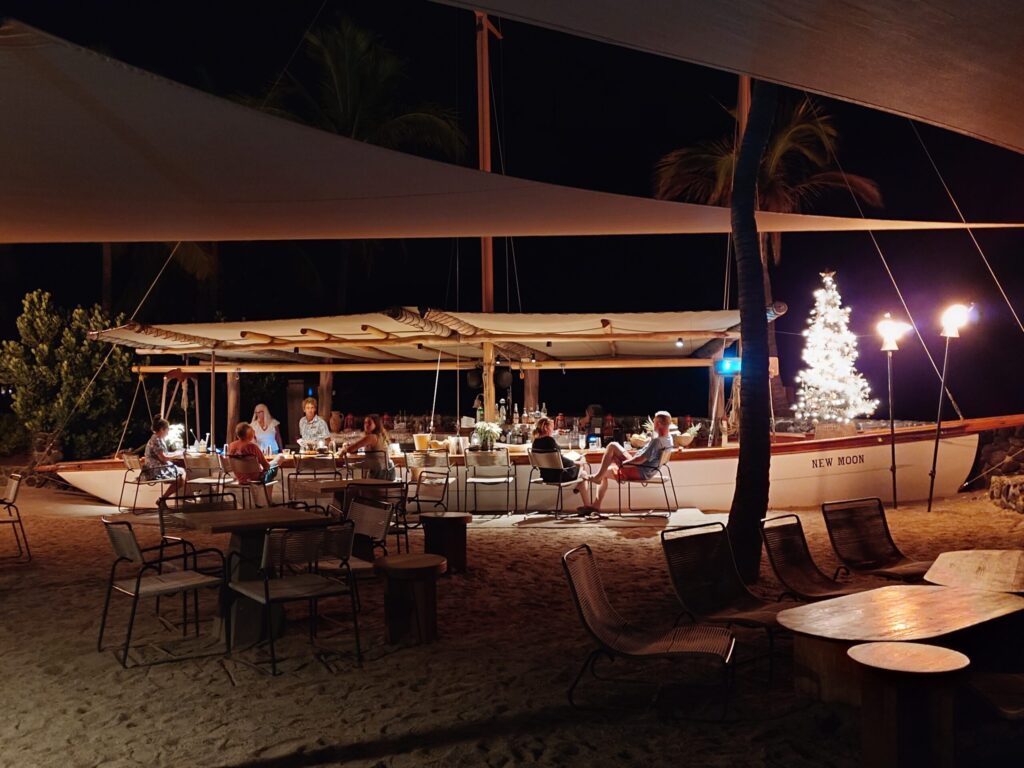
Cultural Continuity Amidst Change
Kona Village has witnessed several custodians over the decades, yet its enchantment remains unaltered. The resort’s evolution, marked by additions like a swimming pool and a bar crafted from the “New Moon” wreck, the owners boat converted into a bar, preserving its essence as a sanctuary for the discreet, including notables like Steve Jobs and Laurene Powell Jobs.
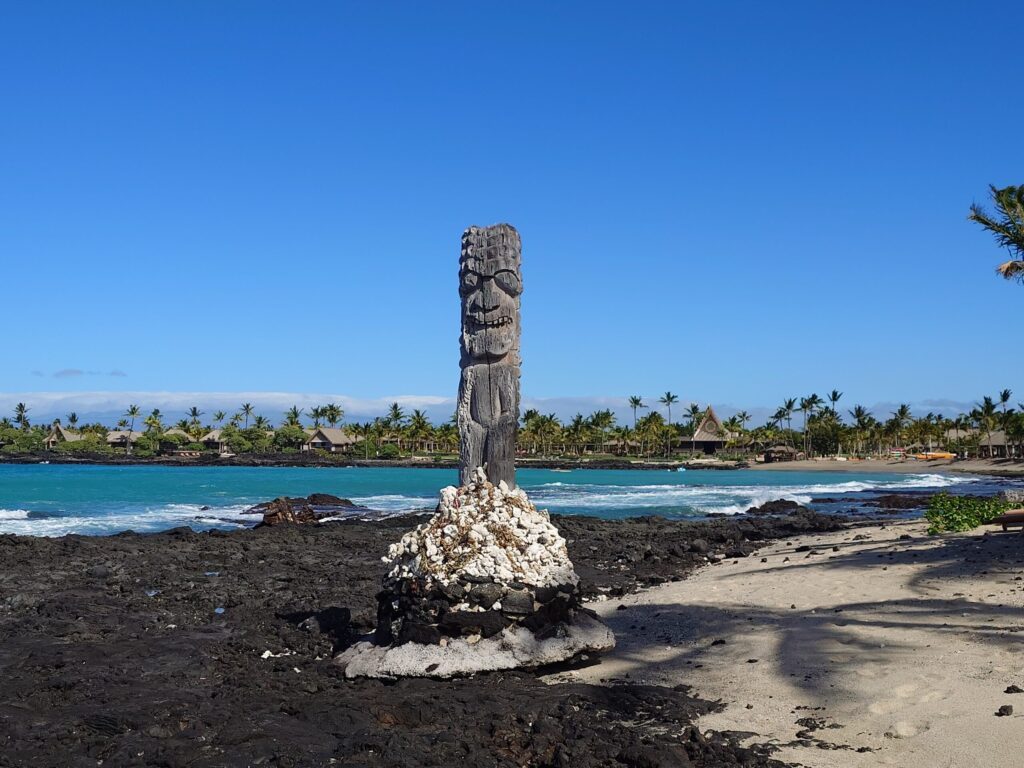
Resilience Through Natural Disasters:
The resort faced a significant challenge in 2011 when a massive earthquake in Japan caused a tsunami that inflicted extensive damage. It obliterated the front hales and uprooted the infrastructure. The insurance claims process was long, and Ty Warner chose not to continue the lease. There were murmurs that a group intended to replace the lost charm with high-rise hotels. However, the commitment of various stakeholders, including a development company formed of Kennedy Wilson and Emerson Associates, led to the resort’s revival. A Culture Advisory Council, comprising descendants of the original inhabitants and former employees, steered the restoration, ensuring that the renewed Kona Village remained true to its roots. The legacy guests played a vital role, sharing their memories on the ‘Save Kona Village’ Facebook page, which became a testament to the community’s dedication.
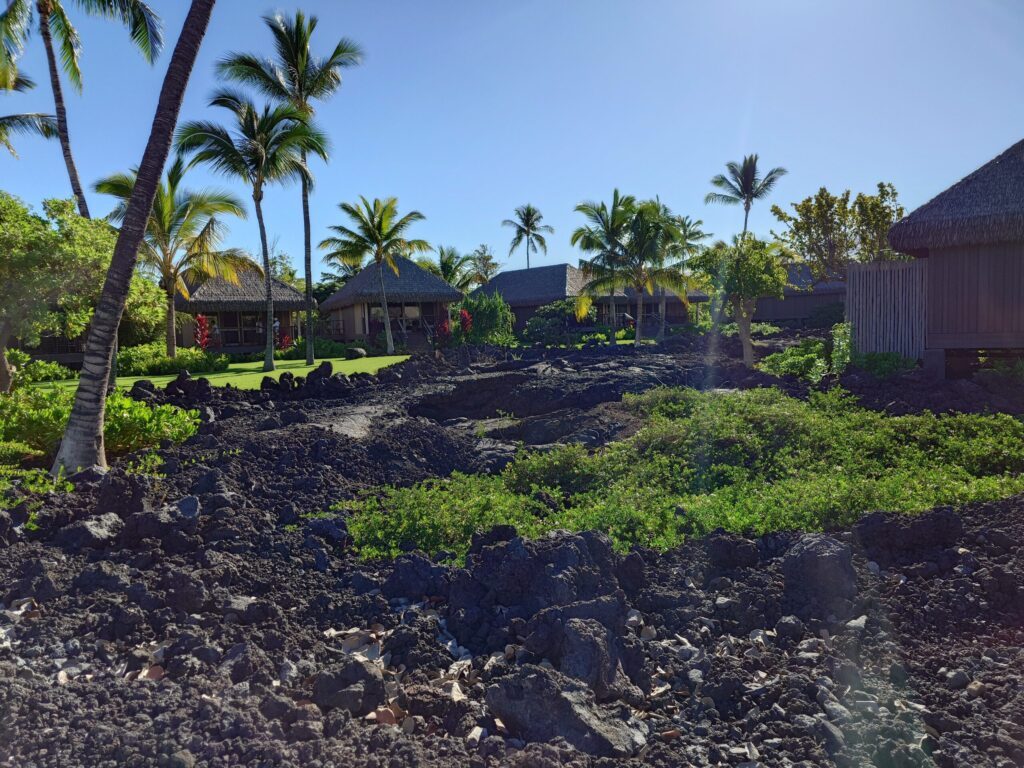
Preservation of Natural and Cultural Heritage
Kona Village spans 81 acres, a land rich with archaeological sites and steeped in history. There are ongoing efforts to restore native fishponds and preserve the natural state of the area, in homage to the resource management traditions practiced by ancient Hawaiians. During the renovation, new archaeological sites were documented, along with others previously unknown. The findings deemed significant are expected to become official archaeological sites in 50 years. In a commitment to preservation, the ownership group has even altered building plans and designs to avoid disturbing these cultural treasures.
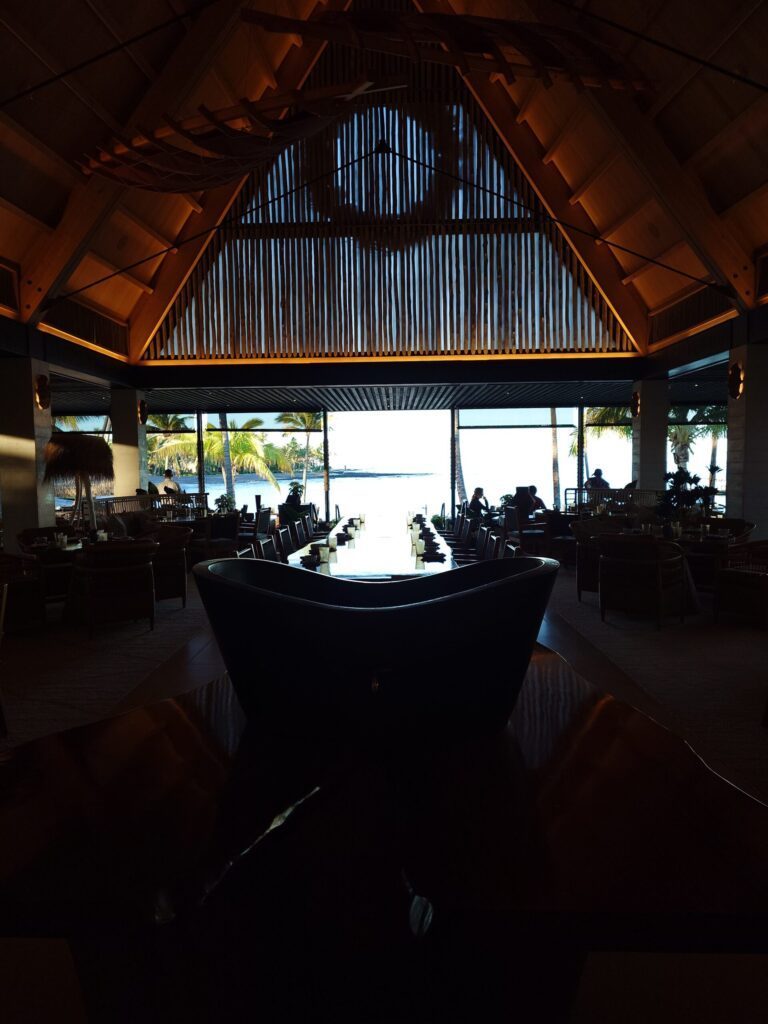
A Living Legacy
Kona Village remains a living testament to the dreams of its founders and the tenacity of its community. It’s more than a mere resort; it’s a living chronicle where the past is perpetually interwoven with the present, where guests are invited to forge a deep connection with nature, and where every visit enriches the educational fabric of Hawaii. This is the enduring legacy of Kona Village — a haven where history, luxury, and social consciousness reside under the warm Hawaiian sun.

